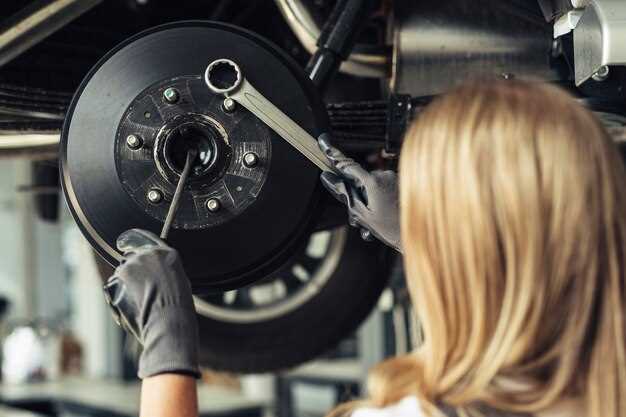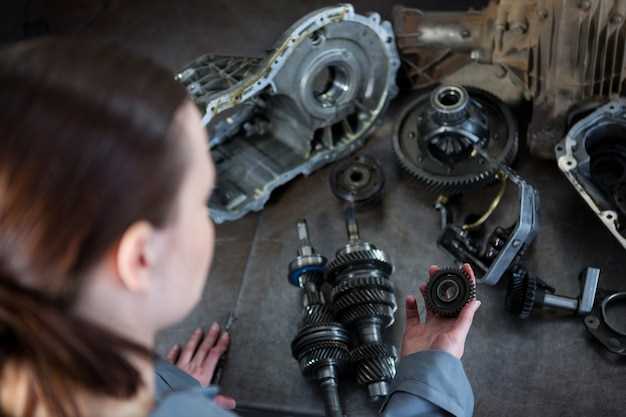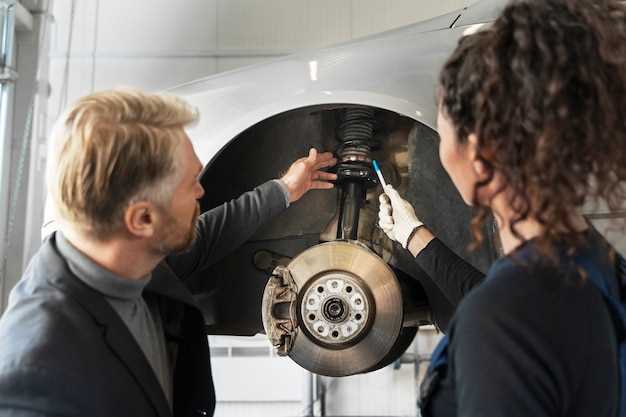
When it comes to vehicle performance and handling, one component that often sparks debate among enthusiasts is the steering damper. This seemingly simple device plays a crucial role in stabilizing the steering mechanism, yet its necessity can vary based on driving habits, terrain, and vehicle type. Understanding the function of a steering damper is essential for any driver looking to enhance their driving experience.
A steering damper acts as a shock absorber for the steering system, reducing feedback felt through the steering wheel during off-road situations or when navigating uneven surfaces. It can help to prevent unwanted vibrations and oscillations that may lead to a loss of control or excessive wear on the suspension components. This is particularly important for drivers who frequently take their vehicles off the beaten path.
However, the necessity of a steering damper depends significantly on the specific requirements of the vehicle and the driver’s preferences. For some, a steering damper is an invaluable addition that improves stability and comfort, while for others, it may be perceived as an unnecessary modification. In this article, we will explore the key factors that determine whether a steering damper is essential for your vehicle, helping you make an informed decision for your automotive needs.
Understanding the Role of a Steering Damper in Vehicle Stability
A steering damper, often overlooked in vehicle design, plays a crucial role in enhancing stability during operation. This component is specifically engineered to absorb shocks and vibrations that can arise from uneven road surfaces or sudden steering inputs. By doing so, it helps maintain a steady steering response and reduces the likelihood of unwanted oscillations.
The mechanism of the damper functions by resisting rapid changes in steering direction, effectively smoothing out the feedback transmitted to the driver. This is particularly beneficial in high-speed scenarios, where stability is paramount for safety and control. Without a properly functioning damper, a vehicle may exhibit a phenomenon known as “steering wobble” or “head shake,” which can impair the driver’s ability to control the vehicle safely.
In addition to enhancing stability, a steering damper contributes to the longevity of other steering components. By minimizing the impact of road imperfections, it reduces wear and tear on the tie rods, ball joints, and other related parts. This results in a smoother driving experience and potentially lowers maintenance costs over the vehicle’s lifespan.
In summary, the steering damper is essential for ensuring both stability and control in a vehicle. Its ability to dampen disturbances not only improves driver confidence but also protects the integrity of the steering system, making it a vital component for any vehicle, especially those exposed to rigorous driving conditions.
Signs That Indicate You Might Need a Steering Damper

If you experience excessive wandering of your vehicle while driving, it could be a sign that you need a steering damper. This lack of stability can cause your vehicle to drift to one side, making it difficult to maintain a straight line on the road.
Another indicator is the presence of vibrations in the steering wheel, especially at higher speeds. These vibrations often suggest that the suspension system is unable to absorb bumps properly, and a damper may be necessary to enhance stability and control.
Furthermore, if your vehicle’s steering feels overly loose or vague, installing a steering damper can significantly improve responsiveness, allowing for better handling and a more secure driving experience. This perceived lack of connection to the road can be unsettling, indicating that your vehicle might benefit from the added support of a damper.
Pay attention to any unusual noise that emanates from the steering components, such as clunking or popping sounds when turning. These noises can indicate wear and tear, leading to decreased performance. A steering damper can help mitigate these issues and restore the stability needed for safe operation.
Lastly, if you frequently drive on rough terrain or uneven surfaces, a steering damper can provide critical support by reducing the impact of road imperfections on your vehicle’s handling. This added stability can enhance your overall driving comfort and safety.
Evaluating the Costs and Benefits of Adding a Steering Damper

When considering the addition of a steering damper to your vehicle, it is essential to weigh both the costs and benefits to make an informed decision. A steering damper is designed to improve vehicle stability and control, especially in off-road or high-speed situations. Understanding the financial and performance implications can help determine if this modification is suitable for your driving needs.
The primary benefit of installing a steering damper is enhanced steering response. By reducing the effects of vibrations and shocks transmitted through the steering system, drivers often experience improved handling and a more stable ride. This can be particularly advantageous in vehicles exposed to rough terrain or those that frequently encounter bumps and sudden maneuvers.
In addition to improved ride quality, a steering damper can prolong the lifespan of your vehicle’s steering components. By minimizing stress and wear on the system, it may lead to fewer repairs and replacements in the long run. This aspect contributes to the overall value of the investment, making it a compelling option for vehicle enthusiasts and those who rely on their vehicles for demanding applications.
However, the costs associated with adding a steering damper should not be overlooked. Depending on the make and model of your vehicle, the price of the damper itself can vary significantly. Furthermore, installation costs may arise if you opt for professional help, adding to the overall expense. It is crucial to evaluate your budget against the anticipated benefits to determine if this upgrade is feasible.
Ultimately, the decision to add a steering damper should align with your driving habits and vehicle usage. For those who prioritize performance and stability, the advantages often outweigh the costs. Conversely, if your driving conditions are generally mild, the necessity of a steering damper may be diminished. A careful evaluation of your specific case will lead to the most beneficial outcome.
